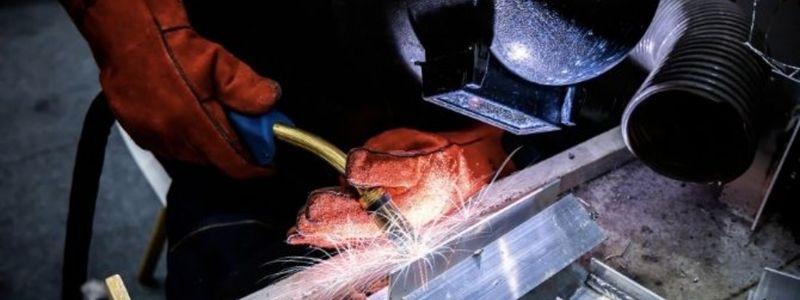Stainless steel threaded rods are one of the most versatile and durable materials used in a wide range of applications, from construction to DIY projects. To ensure their long-lasting durability, welding is a crucial process that requires a high level of expertise and precision. In this article, we will explore the art of welding stainless steel threaded rods and provide some tips and tricks to help you achieve professional-grade results. Threaded rods are available in a variety of sizes and grades; the most common are 12mm stainless steel rods, M16 threaded rods, stainless steel threaded rods, and 12mm threaded rods.
Choose the Right Welding Technique
Welding stainless steel threaded rods requires a different approach compared to other metals, as stainless steel is prone to warping, cracking, and distortion during the welding process. Therefore, it's essential to choose the right welding technique to minimise these issues and ensure a strong and long-lasting weld.
TIG (Tungsten Inert Gas) welding is the most commonly used welding technique for stainless steel threaded rods. It provides excellent control over the heat input, allowing you to achieve a precise weld while minimising the risk of warping and distortion. Additionally, TIG welding produces a clean and aesthetically pleasing weld, which is essential for visible areas.
Use the Right Filler Metal
Choosing the right filler metal is another crucial factor that determines the strength and quality of the weld. Threaded rod bunnings require a filler metal with similar chemical properties to the base metal to achieve a strong and durable weld. Additionally, the filler metal should be compatible with the welding technique you choose.
ER308L and ER316L are two common filler metals used for welding stainless steel threaded rods. ER308L is suitable for welding stainless steel grades 304 and 304L, while ER316L is ideal for grades 316 and 316L. Both filler metals provide excellent corrosion resistance and strength, ensuring a long-lasting and durable weld.
Follow Proper Welding Practices
To achieve professional-grade results when welding stainless steel threaded rod bunnings, you need to follow proper welding practices. Here are some tips and tricks to help you achieve the best results:
Clean the surface thoroughly before welding to remove any contaminants, such as oil, grease, and dirt, which can affect the quality of the weld.
Use the correct welding position to ensure optimal heat control and prevent warping and distortion.
Maintain a steady welding speed to avoid overheating and burning the material.
Ensure proper shielding gas flow to protect the weld from oxidation and contamination.
Use the correct welding parameters, such as amperage and voltage, to achieve the optimal heat input for the material thickness.
Stainless Steel Threaded Rod Bunnings Manufacturer
Are you searching for the perfect threaded rod for your next project? Look no further than Ananka Group’s trusted threaded rod Bunnings manufacturers who can provide you with high-quality threaded rods that meet your specific needs. Our experienced manufacturers use cutting-edge technology and top-grade materials to produce durable and reliable threaded rods that can handle even the toughest applications. As a leading threaded rod manufacturer, we offer a wide range of options to choose from.
Contact us today to discover why we're the best in the industry. We are one of the best Eye Bolt Manufacturer in India, Our Anchor bolt manufacturers use a nickel-copper alloy that is resistant to corrosion in many environments.
We are a High Tensile Fasteners manufacturer and Inconel fastener manufacturer.
Conclusion
Welding stainless steel threaded rods requires a high level of expertise and precision to achieve professional-grade results. By choosing the right welding technique, filler metal, and following proper welding practices, you can ensure a strong and long-lasting weld. Whether you're a professional welder or a DIY enthusiast, these tips and tricks will help you achieve the best results and take your welding skills to the next level.
